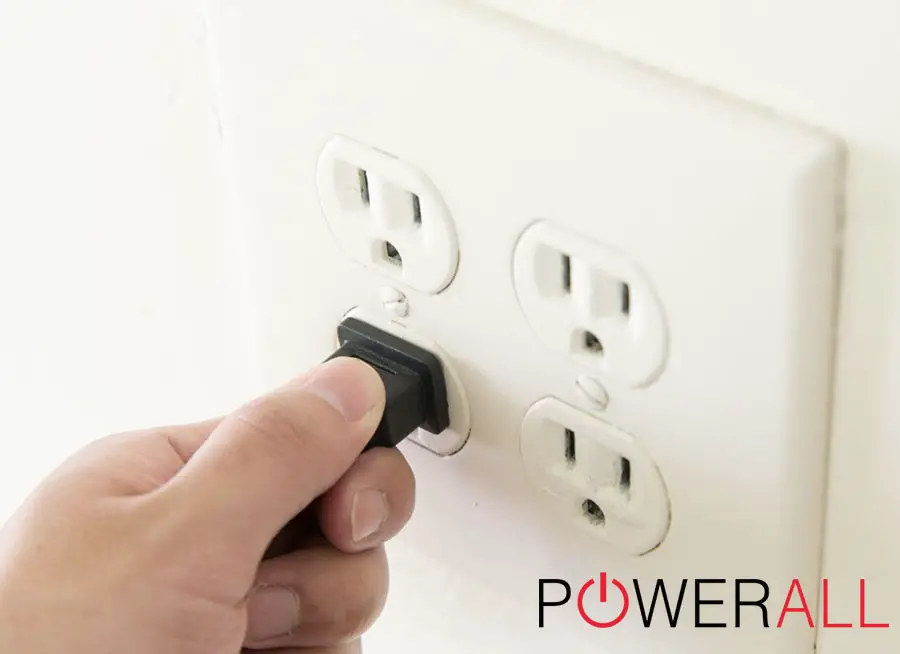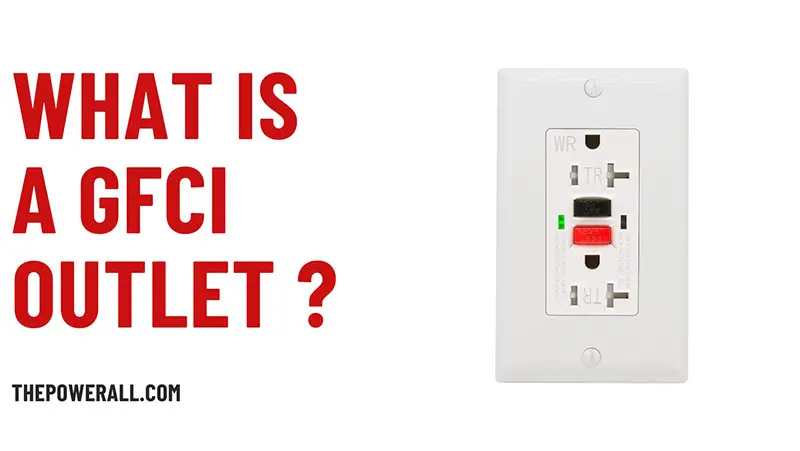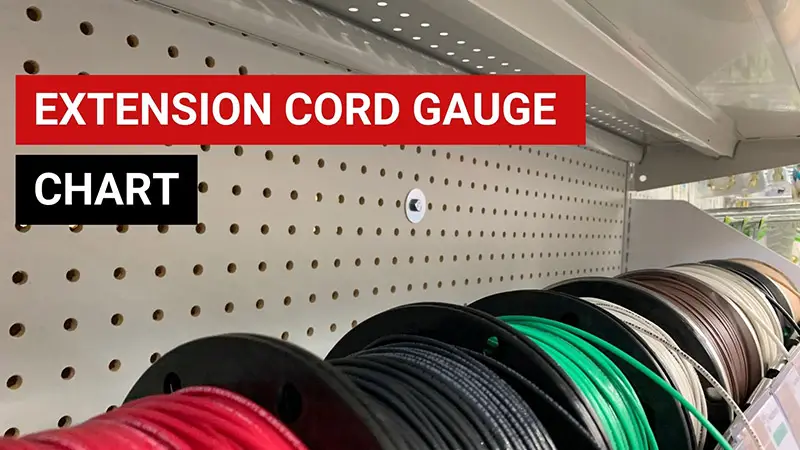Seasoned users must have heard of circuits and circuit breakers, two important elements that help you manage and control the electricity flow without overworking them. They are essential to ensure that your electronic systems run smoothly and encounter no technical issues.
Unfortunately, from our observation, many still seem to underestimate their role. Astonishing, we know, but some of our readers don’t even know what a circuit is!
This insightful article will break down all lingering confusion around these devices by answering some of your common questions. How does it work? Keep scrolling to learn more.
What Is The Max Wattage on 20 Amp Circuit?
There are two common 20-amp circuits: 220-volt and 120-volt. Regardless of which type you install, it’s easy to calculate their amp breaker limits using the equation below:
Watts of Power = Amperage Draw x Volts.
Both voltages have a maximum draw of 16 amps. Hence:
With 120-volt circuits:
Watts = 16 A x 120 V = 1920 W
This number implies you may put 1920 W (maximum) on 20-amp 120-volt circuits.
Similarly, with 220-volt circuits:
Watts = 16 A x 220 V = 3520 W
But should you force your circuits to reach these extreme limits? In most cases, No.
Experts and advocates concur that unless there is no other choice, you should leave the watts below max wattage capacity for safety reasons.
Otherwise, risks of electrical accidents (ex: over-pushing the electric lines’ envelope) might occur! Things will even get worse if there are children and pets.
From our perspective, the safe capacity for 20-amp circuits should be around 1600 – 1900W. Another tip from electrical engineers is that you should never load the electric lines beyond 81% of the breakers’ maximum volume.
How Do 20-Amp Circuits Work?
It’s a loop that allows the 20-amp current to flow, with energy provided by a strong power source (ex: battery).
More specifically, the electrons will flow from the power sources’ negative side through the circuits before returning to their positive side. Once these electrons have arrived back at the power sources, a circuit is finished!
A simple example of standard circuits is the battery-connected LED. When the LED’s negative/positive lead is linked to the battery’s negative/positive side, electrical power will flow through LED lights from the batteries, lighting up the entire system.
How Many Receptacles On A 20-amp Circuit?

The max number of outlets is 16, given that each one draws 1 amp. The rule of thumb is that the amperes you can actually put on a 20-amp breaker should never surpass 80% of its capacity, equalling 16 amps. Otherwise, you risk tripping the breaker or blowing the fuse.
It’s easy to understand that the number of outlets will reduce when each receptacle draws more amps:
- 1 amp -> 16
- 2 amps -> 8
- 3 amps -> 5
- 4 amps -> 4
- 5 amps -> 3
- 6-8 amps -> 2
- 9-16 amps -> 1
FAQs
1. Can 1800 Watts Make The Breaker Trip?
In most cases, no. 1800 watts mean your circuit is a 120-volt 15-amp version (15 x 120 = 1800), and most experts have already concluded that 15-amp circuits can run safely from 1800 to 2000 watts.
Nevertheless, you should still pay close attention to see whether the circuits are overloaded (particularly older ones).
2. Can 20-Amp Breakers Handle Around 1500 Watts?
Our answer is yes. Their maximum limit is more than 3000 watts, after all!
Still, certain studies recommend that some circuits/household outlets shouldn’t exceed 1500, especially major heavy-power appliances like air conditioners, stoves, toaster ovens, convection ovens, washing machines, space heaters, and refrigerators. We suggest you plug them directly into their individual wall outlets.
3. Do Breakers Become Weaker After Tripping?
Yes. Breakers wearing out over time is a natural process. When signals of failure are clear, it’s time to replace them.
Conclusion
This post has dived deep into the issue. We also answer other common inquiries in the FAQ section, ensuring our dear readers do not miss out on anything important.
The main takeaway: try not to let the electrical appliance reach the maximum limit. Always keep your system in safe territories, keeping accidents and electric shocks at bay.
See also: What Size Wire For 20 Amp Circuit?









0 Comments